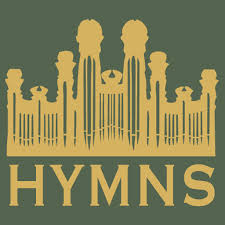 Several years ago I was asked to accompany an investigator to church.We showed up a few minutes early and sat in the chapel. On the way to church, this investigator explained that he had never been to a Christian service before. He seemed quite eager to take in the experience.
Several years ago I was asked to accompany an investigator to church.We showed up a few minutes early and sat in the chapel. On the way to church, this investigator explained that he had never been to a Christian service before. He seemed quite eager to take in the experience.
After I briefly introduced what takes place in a sacrament meeting service, we sat quietly in the chapel. Several moments went by as he looked around, and then asked, “What does that mean?” He was pointing to the organ pipes mounted on the front wall of the chapel. I quickly explained that they in fact didn’t mean anything; they were only the pipes of the organ. He seemed not fully satisfied with the answer, but went back to sitting quietly in preparation for the service.
Sacrament meeting began, and soon came time to sing the opening hymn. As this investigator pulled out the hymn book, he nudged me; and while pointing to the image on the front of the book, stated, “Are you sure those don’t mean anything?” Indeed, the image of organ pipes is one of the rare images to find in a chapel; and even chapels without organ pipes on the walls still have the image displayed on the many hymnals sitting in front of everyone attending a sacrament meeting service.
I can’t recall how I responded to his question. I probably deflected it by singing the hymn rather than carrying on a conversation during the hymn; but it really struck me how an outsider can present an interesting, and even valuable, perspective on our tradition. His question got me thinking about the role of aesthetics in Mormonism, how some images come to be acceptable in chapels (or in larger Mormon culture) while others are not, why (and how) an image of the organ pipes in the Salt Lake Tabernacle made it on to the hymnal, as well as a host of other intriguing issues.
Unfortunately, I’ve never really pursued many of those issues; but neither have I forgot them.
Multiple perspectives should be brought to bear in the study of religion. While an insider’s perspective may have much to offer, it cannot be taken as the only (or final) word on the subject. An accurate description of an individual, text, or movement does not end with an insider agreeing the description is accurate. Indeed, the insider’s story is never the whole story (and neither is the whole story attainable; and for that matter, neither is the insider/outsider dichotomy always clear). Rather, accuracy is determined by the method(s) one employs in the act of study; and a good method strives to be aware of its limitations through engagement with (and critique of) other methods.










